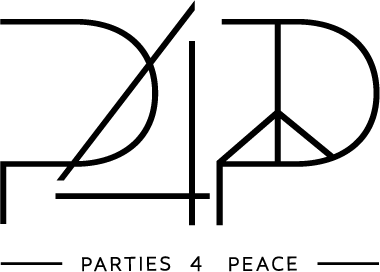Sustainable Development, Culture and Indigenous Communities in Central America
From July 31 to August 8, students from New York joined the Music & Art Peace Academy program, organized by Peace Boat's sister organisation Peace Boat US, onboard the 84th Global Voyage. The group visited El Salvador, Nicaragua and Panama in a collaborative project with the New York based NGOs Global Kids, World Up, Downtown Community Television (DCTV), and the Brooklyn Community Arts and Media High School (BCAM).
The Music & Art Peace Academy (MAPA) provides aspiring young artists with experiences and resources to further enhance and develop their creative talents. In partnership with Peace Boat, MAPA invited a group of youth onboard to engage in workshops, lectures and hands on learning opportunities alongside professional artists. The participants in the MAPA program visited indigenous communities in Central America and created a documentary that reflects various issues facing their cultures
In El Salvador, the participants in the Music & Art Peace Academy joined in a cultural exchange with students from the local school "La Cuna Nahuat," which was founded in 2010 as a language immersion program targeting children 3-5 years old and run by Pipil women from the indigenous community who are fluent in the Nahuat language. This language, and the indigenous culture from which it is derived, is often lost in the younger generations.
The language programme aims to revitalize not only the language, but also the appreciation for indigenous culture by developing tolerance, comprehension and respect for all minority groups. Visiting the school gave the indigenous community the opportunity to educate the New York youth about their culture and their struggles to maintain their identity within a globalized society.
Peace Boat then traveled to Nicaragua, where the participants took part in a program to learn about Nicaraguan culture and planted mangrove trees on a remote stretch of land near the ocean.
Peace Boat has joined local NGOs in reforestation projects during previous voyages and the participants onboard were able to see the growth of the mangrove trees that were planted 4 years ago.
The students' final destination was Panama, where they visited two indigenous communities: the Embera and the Kuna. The Embera community live in a rural village where they have built huts that are lifted off of the ground and have sturdy roofs made from dried leaves.
Through Eco-tourism the community is able to sustain their village by selling handmade crafts, and enforce their traditions through cultural exchange activities with visiting groups. The Peace Boat participants joined the Kuna community for an evening of music and conversation, and were warmly welcomed into individual homes for an over-night homestay.
The MAPA students collected footage, interviews and music from indigenous communities which was then compiled into a documentary film that was shown on September 23 at the UN World Conference on Indigenous Peoples. The programme was a culturally eye-opening and inspirational experience for the youth who joined. Peace Boat would like to sincerely thank all who contributed funds to support the MAPA project, without which the programme would not have been possible.
For more information on MAPA's trip, please click here. www.peaceboat-us.org
